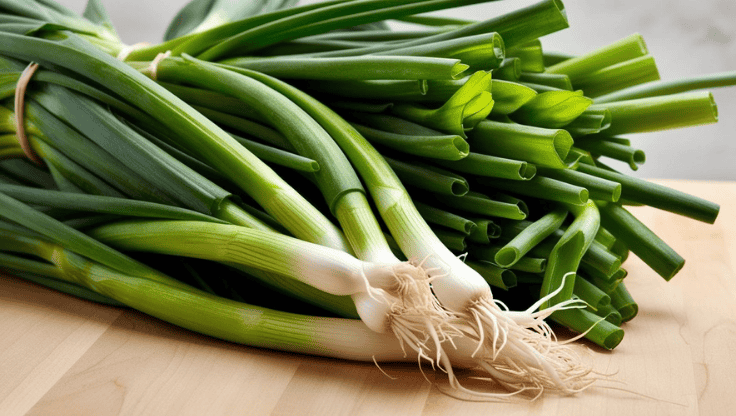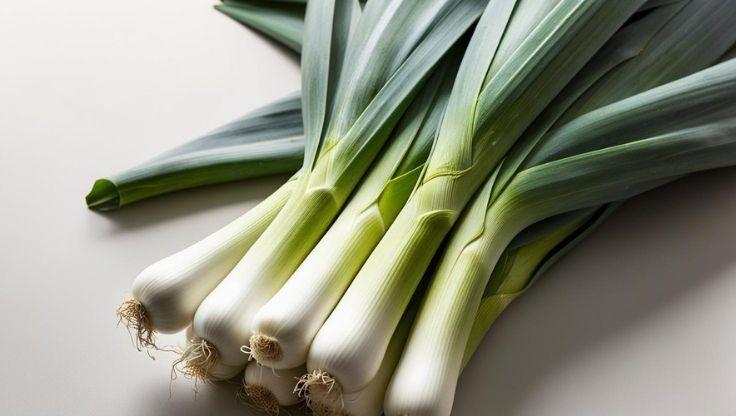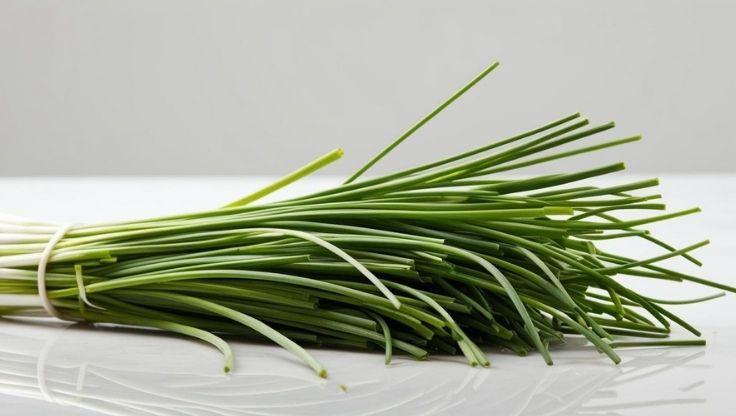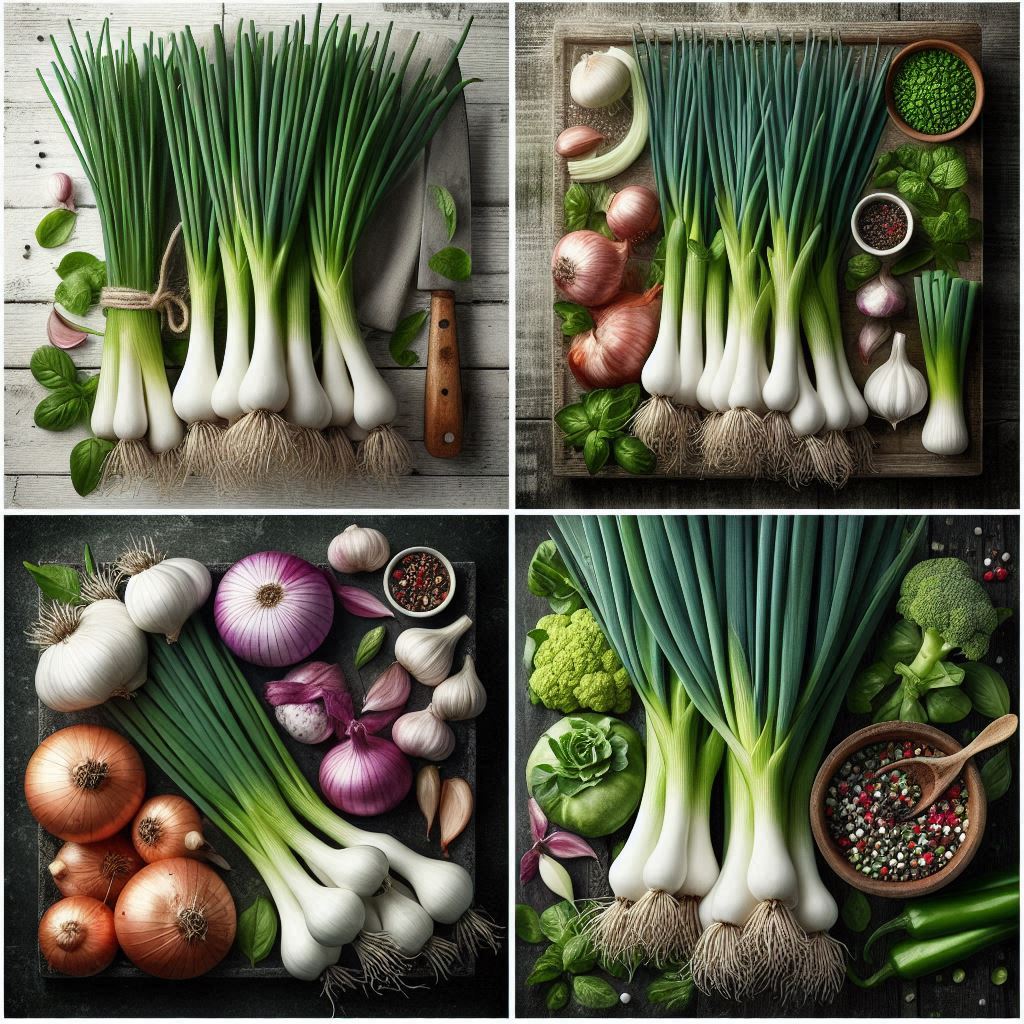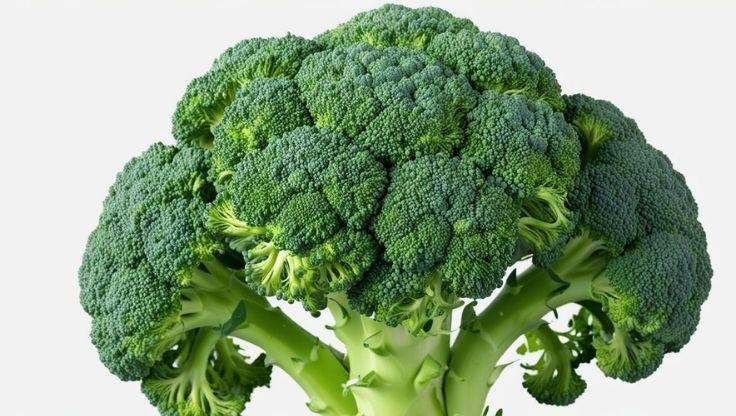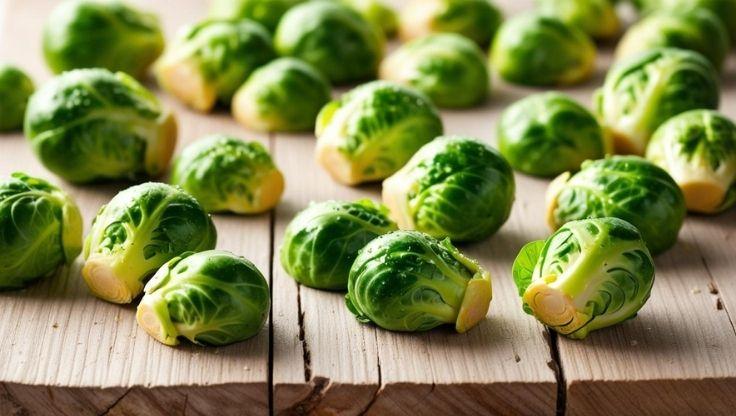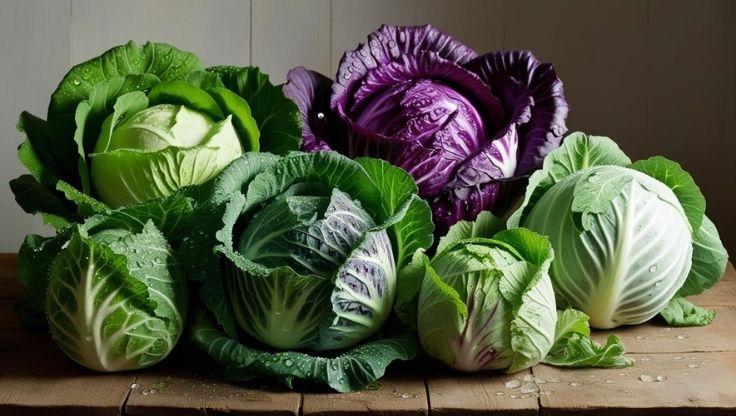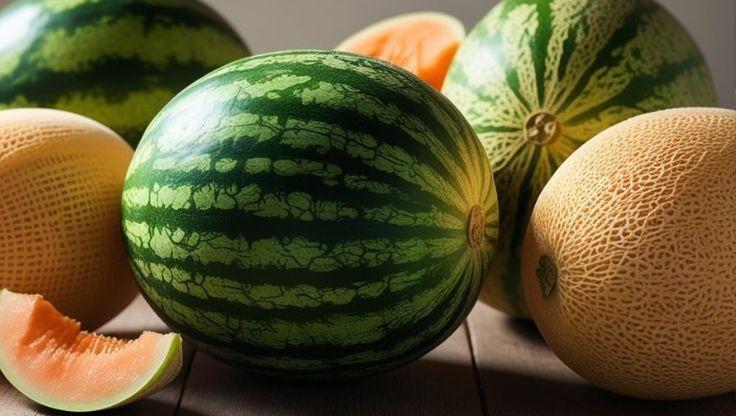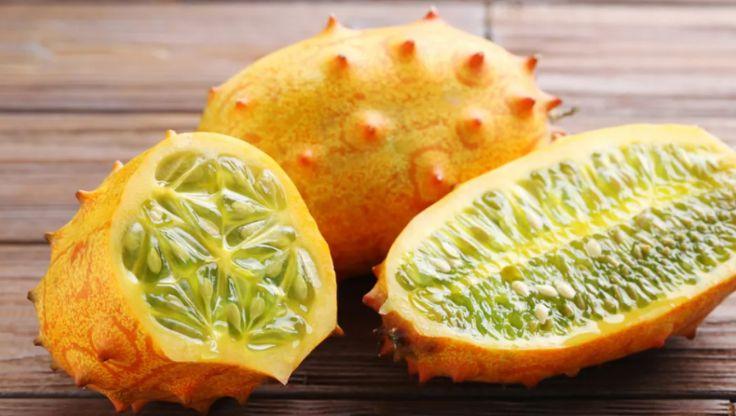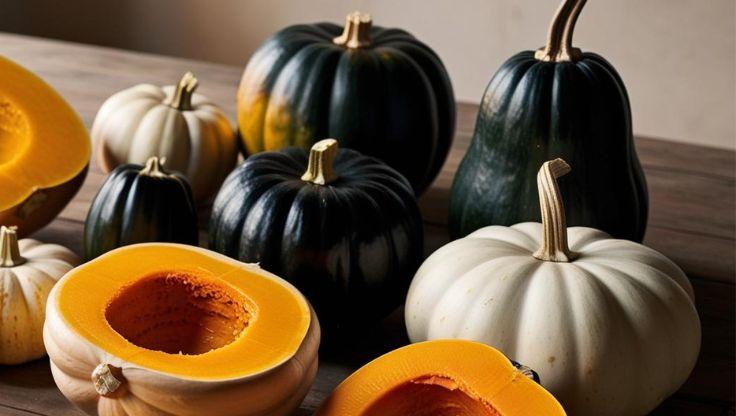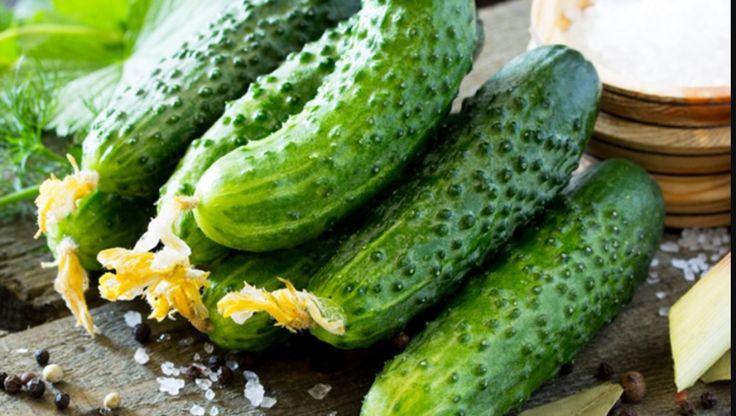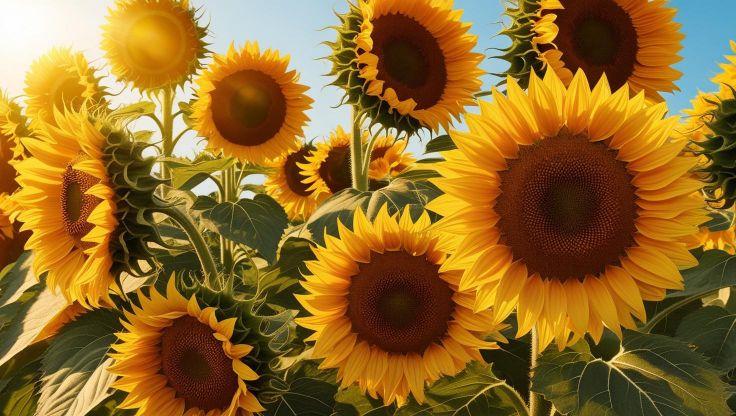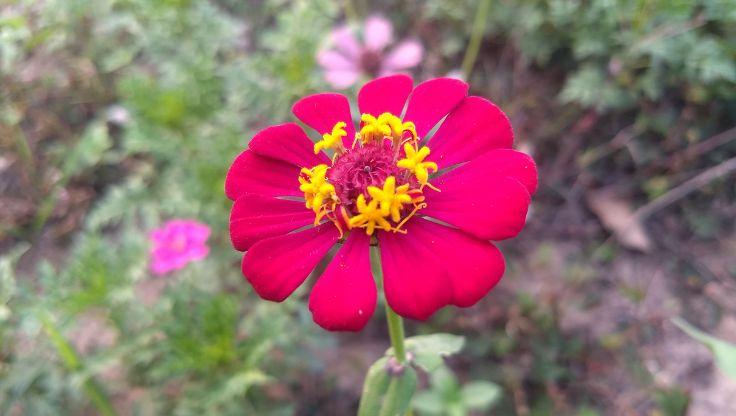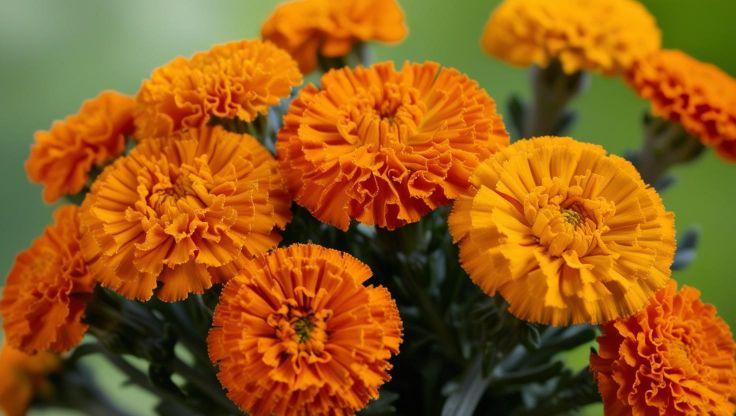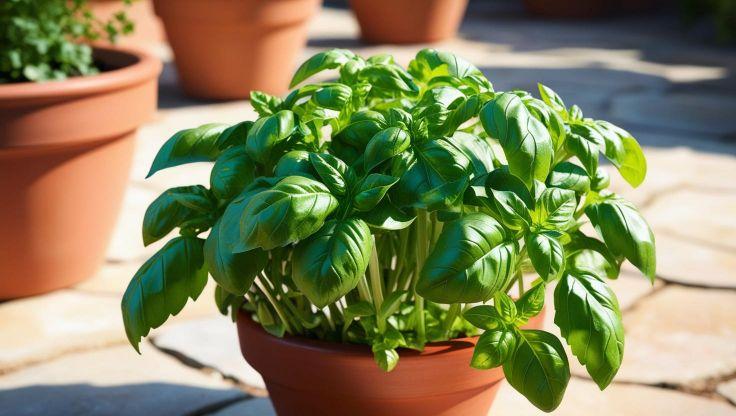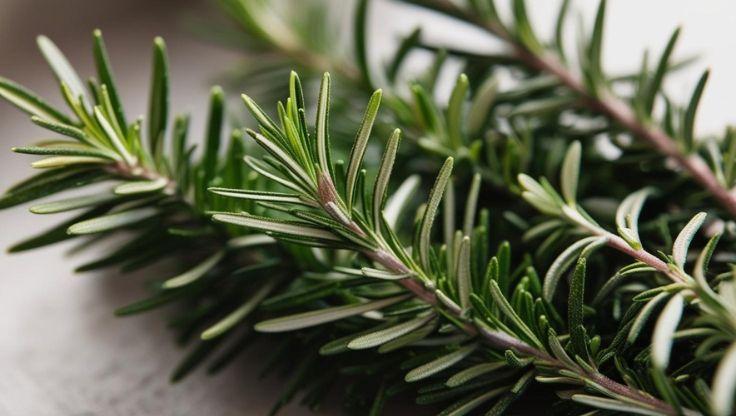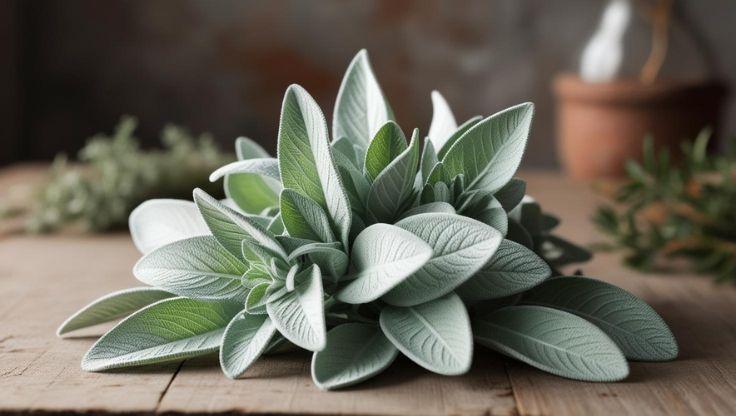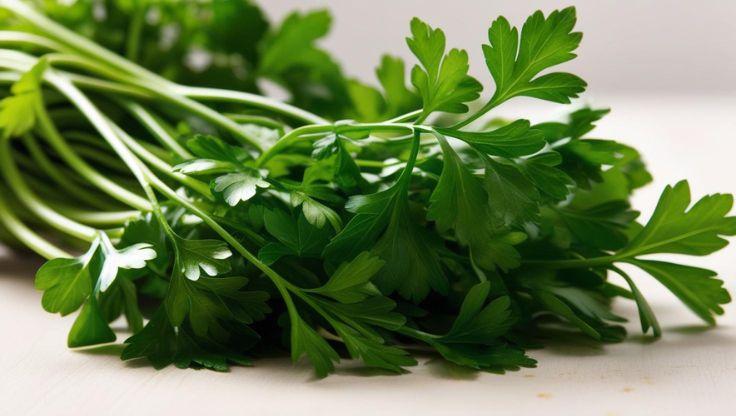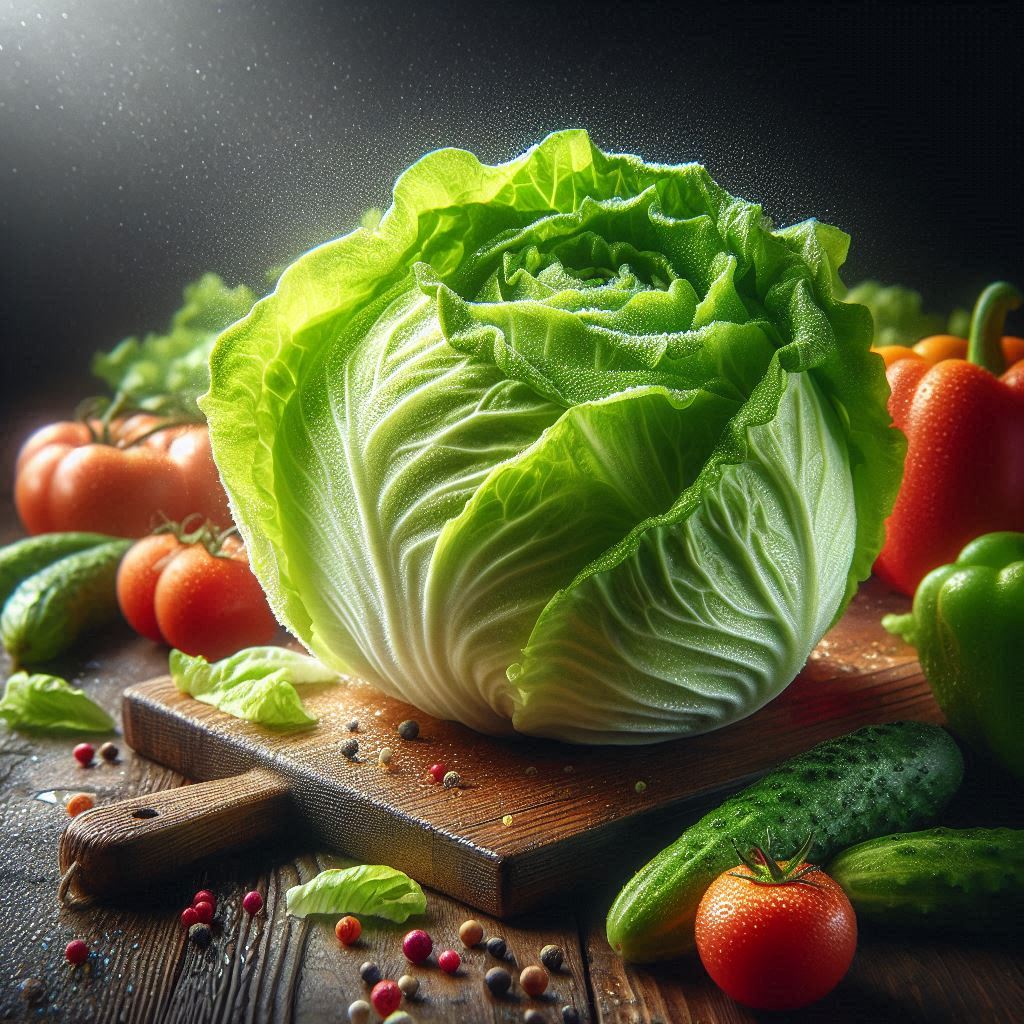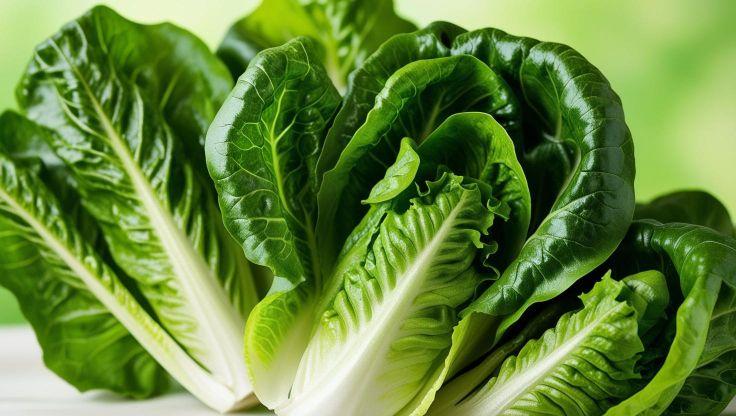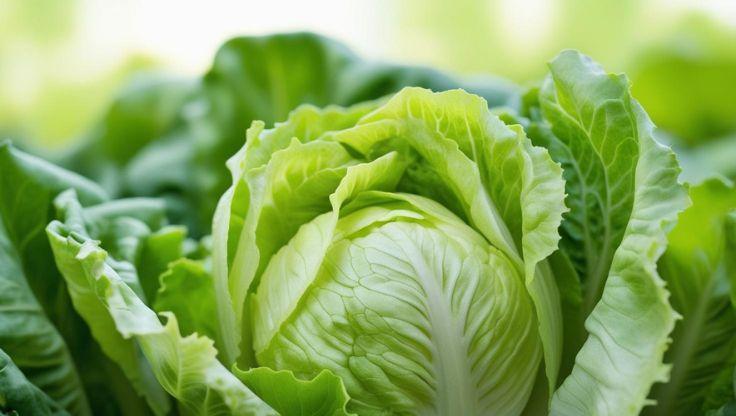Hydroponic Plants: Growing Pansies and Violas for Maximum Blooms
Pansies (Viola tricolor var. hortensis) and violas (Viola spp.) are colorful, hardy flowers prized for their ornamental beauty and cold resistance. Native to Europe and North America, these vibrant blooms thrive in hydroponic farming, benefiting from precise nutrient delivery, controlled growth conditions, and space efficiency. Unlike traditional soil-based cultivation, hydroponic plants eliminate soil-borne diseases, reduce water usage, and produce consistent, high-quality flowers for ornamental and culinary applications.

Cultivating Charming Pansies and Violas: A Hydroponic Approach
Hydroponic plants like pansies and violas (Viola tricolor hortensis and Viola cornuta, respectively) adapt beautifully to advanced soilless cultivation. This methodology facilitates precise environmental control, absolutely crucial for these delicate yet wonderfully vibrant flowering species. Growing such hydroponic plants consistently ensures superior quality, demonstrably enhanced growth rates, and impeccably cleaner blooms, making it an exceptionally attractive option.
Essential Water Chemistry: pH and EC for Hydroponic Pansies and Violas
For flourishing hydroponic pansies and violas, meticulous management of nutrient solution chemistry is truly fundamental. The pH Range must be diligently maintained within 5.5 – 6.5, as horticultural science dictates. This slightly acidic environment critically optimizes nutrient uptake for these specific hydroponic plants. Regular monitoring with precisely calibrated meters ensures this crucial parameter remains ideal.
Equally important are the EC Levels (Electrical Conductivity), which experts advise should be kept between 1.2 – 1.8 mS/cm. This specific range signifies the optimal nutrient solution strength for these particular hydroponic plants. Starting seedlings at the lower end and gradually increasing EC values robustly promotes development. Consistent EC management expertly prevents nutrient deficiencies.
Diligent monitoring and nuanced adjustment of both pH and EC are non-negotiable for healthy hydroponic plants. Daily checks are highly recommended, especially within recirculating hydroponic systems. Using appropriate pH up/down solutions and ensuring complete nutrient solution changes every 1-2 weeks will sustain vigorous growth, supporting continuous flowering in well-tended hydroponic pansies.
Atmospheric Mastery: Light, Temperature, and Humidity Needs
Hydroponic plants such as pansies and violas demand precise atmospheric conditions for achieving optimal floriferous displays. Experts confirm they require 12–16 hours of full-spectrum LED or natural sunlight daily. This extensive photoperiod meticulously fuels photosynthesis, essential for energy. Insufficient light invariably leads to leggy growth, diminishing these hydroponic plants' appeal.
The ideal Temperature range for vibrant, sustained growth in these hydroponic plants is precisely 15–20°C (59–68°F). Pansies and violas, being cool-season flowers, can suffer significantly under excessive heat conditions. Maintaining stable temperatures within this well-defined range effectively prevents stress and reliably promotes continuous, healthy flower development for successful hydroponic violas.
Optimal Humidity levels, consistently between 65–75%, are necessary to support strong stem architecture and prolific flower development in these hydroponic plants. Adequate ambient humidity aids in efficient nutrient transport and effectively prevents physiological issues like leaf scorch. Good air exchange within this humidity range is also vital, helping prevent fungal diseases common in hydroponic plants.
From Seed to Bloom: Pansy and Viola Growth Cycle & Varieties for Hydroponics
Germinating Pansy and Viola Seeds for Hydroponic Success
Hydroponic plants such as pansies and violas initiate their remarkable journey from tiny, carefully selected seeds. Pansy and viola seeds should be planted precisely one per hole or cell in a high-quality sterile starter medium like rockwool or fine horticultural vermiculite. This meticulous practice ensures proper spacing for unimpeded root expansion, preventing overcrowding for these future hydroponic plants.
Initially, maintain a cool, dark environment; many pansy and viola seeds require darkness for optimal germination processes. Seedlings typically emerge within 7-21 days, varying by variety and precise ambient conditions. Then, provide gentle, diffused light. This crucial, careful start is vital for establishing healthy hydroponic plants right from the beginning of their developmental life cycle.
Consistent moisture is absolutely critical during the entire germination phase, but avoid waterlogging the delicate starter plugs. A fine, gentle mist is often preferred by experienced growers. As seedlings develop true leaves, they prepare for the next crucial stage. This establishes a strong foundation for successful hydroponic systems cultivation, setting up your hydroponic plants.
Transplanting Seedlings and Understanding the Growth Cycle
Transplanting into established hydroponic systems should expertly occur once pansy or viola seedlings reach 2–3 inches in height and have clearly developed a robust, healthy root system. Handle these young hydroponic plants with extreme care during this process to absolutely minimize root shock. Gently place them into net pots within your chosen hydroponic setup.
Maturity after transplanting for these hydroponic plants typically takes around 60–90 days, a period varying with the specific variety and environmental control consistency. During this crucial period, maintaining optimal nutrient solution parameters and ideal atmospheric conditions is paramount. This sustained diligence ensures these hydroponic plants reach their full flowering potential efficiently and reliably.
Regular, vigilant observation for any signs of pests or diseases is essential throughout the entire growth cycle of these hydroponic plants. Early, accurate detection allows for prompt, targeted intervention, often minimizing the need for broad chemical treatments. Healthy, well-maintained hydroponic systems contribute significantly to a successful, vibrant harvest of pansy and viola blooms.
Selecting Ideal Pansy and Viola Varieties for Hydroponics
Several popular hydroponic varieties of pansies and violas thrive exceptionally well within precisely controlled environments. Classic, highly recommended choices include 'Johnny Jump Ups' (Viola tricolor), widely known for their charming, petite tricolor flowers. These are exceptionally hardy and prolific bloomers, making them excellent hydroponic plants for continuous color throughout the extended growing season.
For larger, more showier blooms, 'Swiss Giants' pansies offer a truly stunning visual display in a diverse array of vibrant colors. These particular hydroponic plants produce substantial flowers that make a significant, bold visual impact. Similarly, the acclaimed 'Sorbet Series' of violas provides a wide array of bright colors on compact hydroponic plants, ideal for many hydroponic systems.
When selecting varieties for your hydroponic plants setup, critically consider bloom size, overall plant habit, and your desired color palette. Many modern hybrids are specifically bred for enhanced disease resistance and notably prolonged flowering periods. These valuable attributes make them particularly suitable for the intensive cultivation often associated with advanced hydroponic systems, ensuring rewarding results.
Dual Delights: The Uses and Benefits of Hydroponic Pansies and Violas
Ornamental Applications: Beautifying Spaces with Hydroponic Blooms
Hydroponic plants like pansies and violas are prized worldwide for their exceptional and consistent ornamental value. Hydroponically grown specimens are widely utilized for creating vibrant bouquets, intricate floral arrangements, and charming garden décor. Their vivid, wonderfully diverse colors and often impressively long-lasting blooms make them highly desirable for adding significant visual appeal to any conceivable setting.
The impeccably clean cultivation method inherent in hydroponic systems ensures that these beautiful flowers are entirely free from soil and unsightly blemishes. This characteristic makes them particularly suitable for elegant indoor displays and detailed close-up admiration. These hydroponic plants can effectively brighten homes, offices, and event venues with their pristine, natural beauty, offering reliable elegance.
Furthermore, the precisely controlled environment characteristic of hydroponic systems can lead to more uniform plant growth and notably consistent flower quality in these hydroponic plants. This valuable predictability is highly prized by professional florists and discerning event planners. They rely on dependable sources of beautiful blooms for their diverse creative work, ensuring high standards.
Culinary Uses: Edible Elegance from Hydroponic Pansies and Violas
Beyond their undeniable visual charm, pansies and violas cultivated as high-quality hydroponic plants are also delightful and safe edible flowers. They are commonly used to beautifully adorn salads, delicate teas, decadent desserts, and as sophisticated garnishes. These specialized hydroponic plants offer a distinctively mild, slightly sweet or subtle wintergreen-like flavor, enhancing gourmet dishes.
The inherently clean growing conditions within hydroponic systems make these edible hydroponic plants a remarkably safe and appealing choice for diverse culinary applications. There is virtually no risk of soil contamination or harmful pesticide residues when systems are properly managed. This intrinsic purity ensures the flowers can be confidently incorporated directly into food.
Professional chefs and adventurous home cooks alike greatly appreciate the vibrant colors and subtle, unique flavors that hydroponic pansies and violas bring to the table. These versatile hydroponic plants can effortlessly elevate simple dishes into genuine works of culinary art. They provide an easy, elegant way to add surprise to various creations.
Conclusion: The Hydroponic Advantage for Pansies and Violas
In summary, cultivating pansies and violas through hydroponic methods offers numerous advantages, from enhanced growth and bloom quality to superior cleanliness for both ornamental and culinary uses. By mastering the precise control of nutrient solutions, light, temperature, and humidity, growers can unlock the full, vibrant potential of these charming flowers. The careful selection of suitable varieties further ensures a delightful and rewarding experience, making hydroponics an excellent approach for enjoying the year-round beauty and versatility of pansies and violas.
Research for expert insights
Enhance your understanding with these insightful and well-documented expert resources.
|
Institution |
Article Title |
Article Link |
|---|---|---|
|
MDPI |
Morphological Responses of Viola Accessions to Nutrient Solution Application and Electrical Conductivity |
|
|
Springer |
Improved Compact Growth Habit of Viola × wittrockiana through Rhizobium rhizogenes Transformation |
|
|
International Journal of Agriculture Innovation |
Optimizing Vernalization and Photoperiod for Enhanced Growth and Flowering in Pansy (Viola tricolor L.) |
A comprehensive breakdown of key points ensures their work is a reliable resource for readers striving to learn more.


